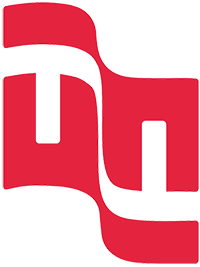If the price or hours in the proposal are based on activities or technical components, without any significant relationship with the business, the analysis by the customer is not assertive, its dimensioning is in the hands of the supplier and the customer has difficulty in contesting its fundamentals. Corporate governance objectives lead to the pursuit of higher levels of operational efficiency, less flawed deliveries, or a shorter time-to-market. However, if the fundamentals for sizing a proposal are based on effort, then the supplier's interest is elsewhere. If the proposal is the result of a direct estimate of hours, component metrics or in story points, then the supplier's interest tends to be to maximize hours, architectural elements, or user stories. The lack of alignment in these interests lead to two scenarios in opposite spectra:
Gestão do fornecedor de software e outsourcing
Alinhe os interesses do fornecedorlos com os seus
"In God we trust, all others bring data.” — W Edwards Deming.
Measuring software based on results and in meaningful terms for the business is key to transforming these scenarios.
Most companies don't look for a partner to split roi. The best representation of the result is the functionality delivered in this environment. Function Point Analysis (APF) is the standard way to measure or approximate the size of the delivered functionality.
We are pioneers in measuring software for contract management. We've been doing this since 1994. We combine expertise in requirements analysis and management with software metrics to leverage your software contract management capability.
We are specialists in Function Point Analysis at IFPUG and COSMIC. We prioritize the adoption of standards such as SNAP (Software Non-functional Assessment Process) in addition to Function Point Analysis and also work with different types of UsT (Technical Service Unit) and the SISP Software Metrics Roadmap.
Resultados
There is difficulty in tangibilizing benefits or calculating ROI in other initiatives to improve Corporate Governance and improve Software Engineering practices. The introduction of product units in Supplier Management achieves this goal in an organic, simple and pragmatic way.
The key is to take the focus of the daily discussion of bitstuffs and put on the features that the business needs; productivity and quality goals for a higher level agreement.
Um pouco sobre como trabalhamos...
FATTO provides Supplier Management services with the Metrics Office and the Budget Center, both in outsourcing or consulting with specific objectives.
Our Metrics Office counts on-demand service process, operated by measurement experts (CFPS, SNAP, COSMIC) and requirements (IREB). They are prepared to meet all your software measurement needs by observing your rules of each contract.
The Budget Center brings together professionals specialized in hiring practice, development processes, agile and traditional methodologies, with deep knowledge in planning and monitoring these processes in a perspective closer to their strategic planning.
The Budget Center supports the definition of business models and estimation to support the acquisition of software services, such as software factories or agile squads.
Our measurements are performed with the support of MESUR, which allows us to be prepared to answer those most critical questions: those that are not yet known.
Aplicações
Um case de Gestão de Fornecedores
Uma cooperativa de saúde vinha tendo problemas com o pacote de software usado na gestão de suas operações. Isso provocava problemas operacionais e danos à sua imagem. Sua administração decide constituir uma empresa subsidiária com a missão de desenvolver uma solução de software própria mais adequada às suas necessidades.
A metodologia para o desenvolvimento da nova solução foi o Scrum. A necessidade pela prestação de contas da nova empresa e as exigências de transparência no processo são incompatíveis com métricas técnicas baseadas nos itens de backlog da equipe.
Publicações
FATTO in Focus
Year 1 | No. 2 | January/2016
FATTO in Focus
Year 1 | No. 2 | January/2016
FATTO in Focus
Year 2 | No. 5 | August/2017
FATTO in Focus
Year 1 | No. 3 | September/2016

